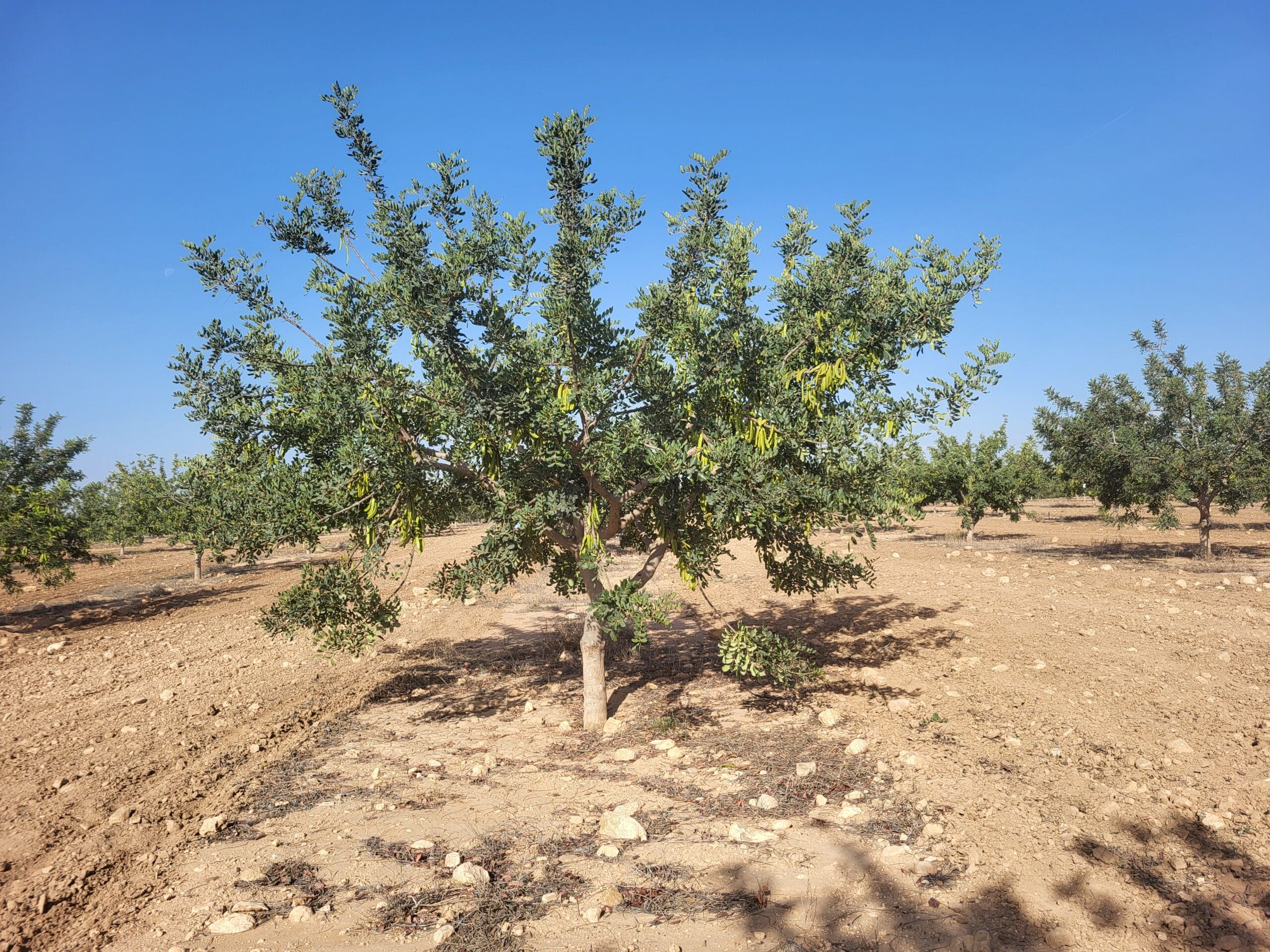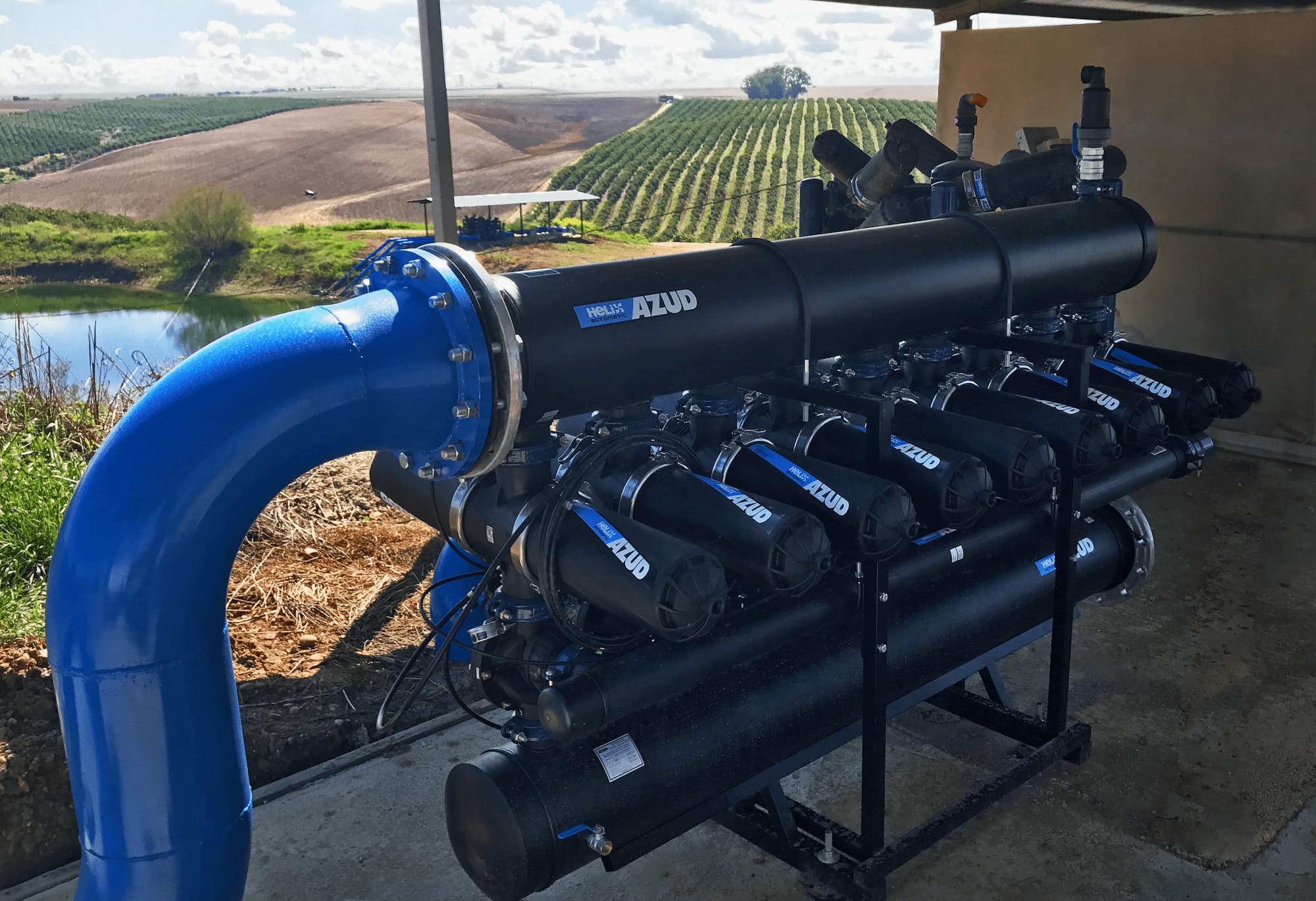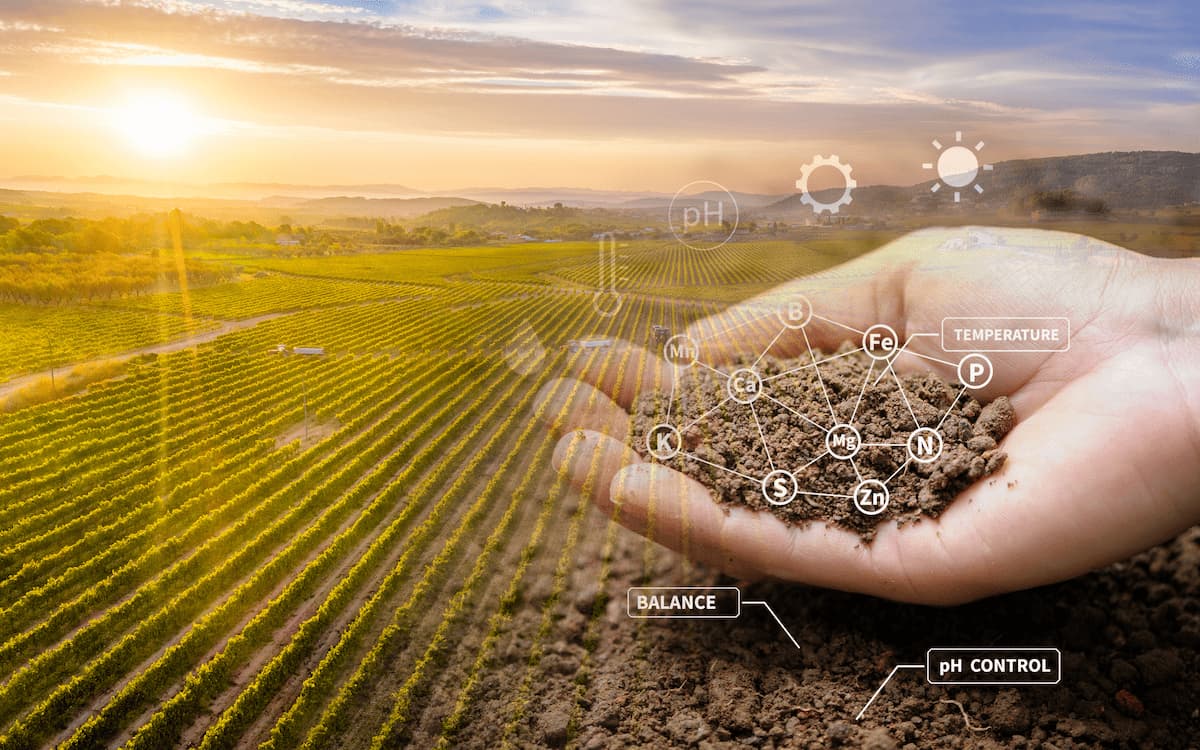Table of contents
Mediterranean regions, as well as other areas of the world, are currently facing a serious water stress problem.
Very low rainfall, coupled with prolonged periods of drought, significantly limits water availability. In addition, extreme weather events disrupt agricultural production and generate soil erosion. This, together with the increasingly common presence of soils with high salinity and low fertility, seriously hinders the development of many crops.
However, there are crops, such as carob, which have proven for decades to be particularly suitable for combating desertification and stabilizing degraded soils thanks to their resistance to drought. It is also due to its capacity to grow in impoverished soils. Moreover, the potential of this tree to capture carbon makes it a very suitable tool to favor climate change mitigation.
However, at present, there is still a wide range of improvement in its productivity.
Although it has traditionally been a rainfed crop, the impact of implementing sub-surface drip irrigation (SDI) as an effective irrigation method to maximize water efficiency and improve production without compromising natural resources has been studied. SDI represents a paradigm shift and a transformation of agricultural management of this crop.
The SDI allows the application of water directly to the root zone, which reduces evaporation losses and ensures the most efficient use of water resources.
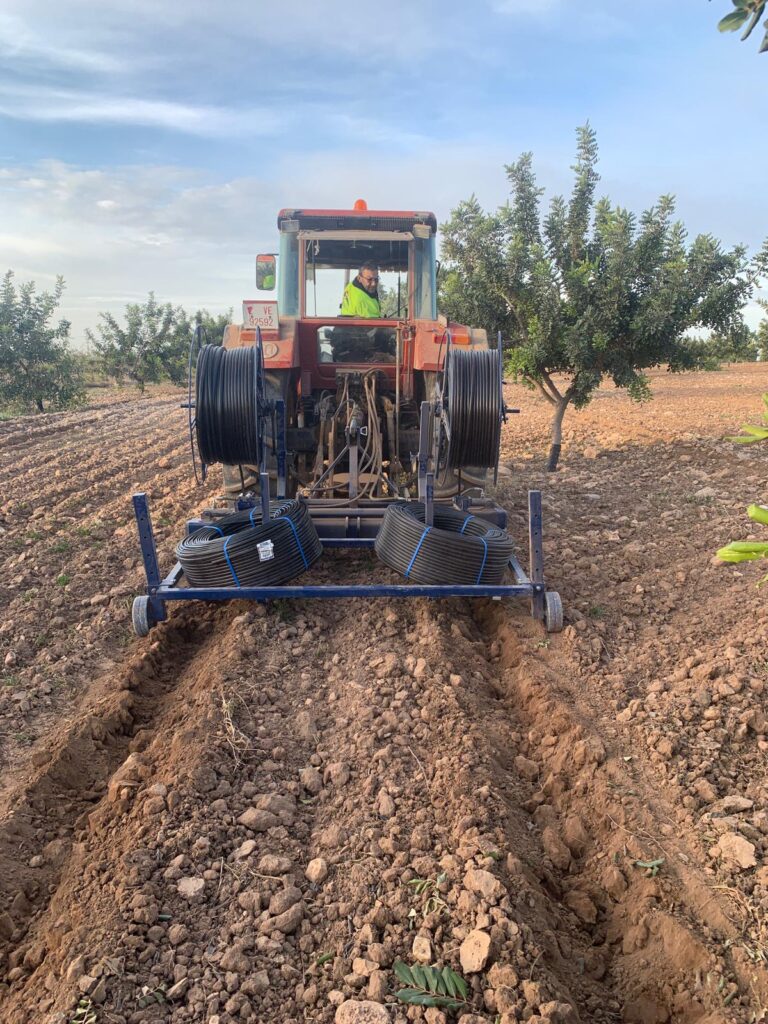
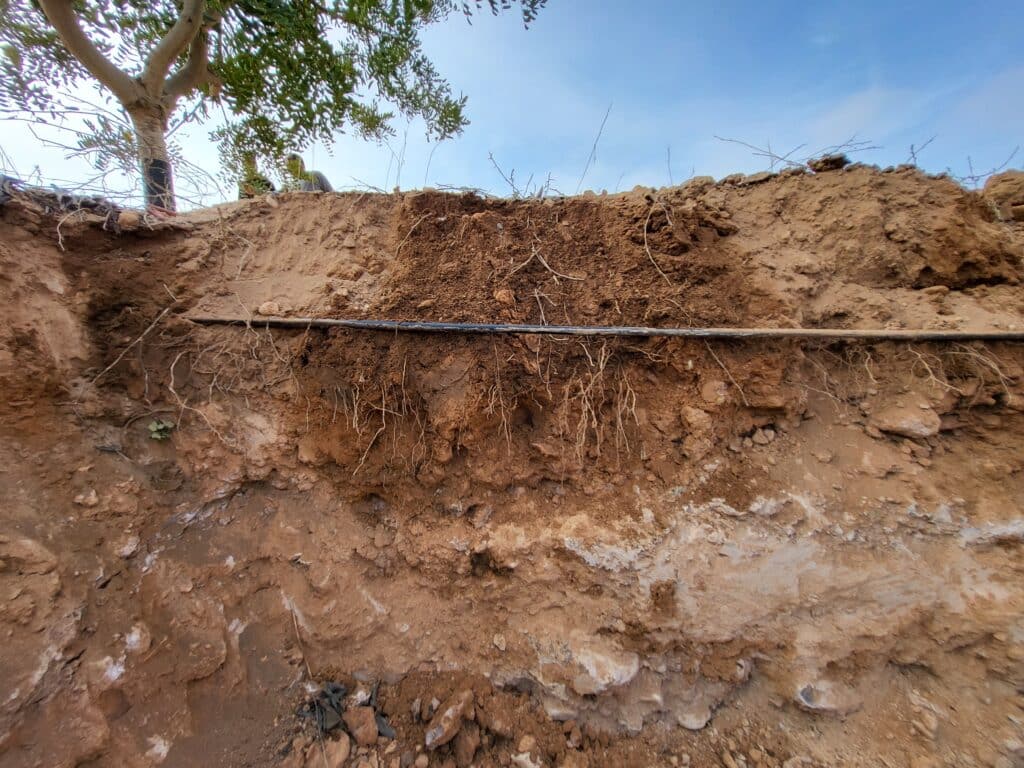
Implantation of SDI in carob crop
Within the framework of the CICLICA PRIMA research project, in 2021, work was carried out on the transformation of a commercial plot of 8 ha of dry-farmed carob trees 7 years old. The transformation was based on the implementation of a sub-surface drip irrigation system with AZUD PREMIER PC AS 16 emitter pipe at a depth of 30 cm. An AZUD LUXON filtering equipment was also incorporated to ensure the quality of the nutrient solution supplied and prevent clogging in the irrigation emitters.
For the experimental monitoring of this plot, soil probes were implemented to measure the humidity, temperature and conductivity of the substrate; plant sensors to measure the physiological response of the trees; and a weather station to know in detail the environmental conditions of the plot.
All these sensors were connected to an AZUD DLOG 600 equipment that allowed for the comprehensive and continuous monitoring of the climatic conditions and the entire crop environment to be tracked from any device and in real time.
Under these conditions, the SDI proved to be an appropriate strategy to ensure efficient water use and allow for a water supply without evaporation or runoff losses.
SDI made the crop more resilient to drought. It also contributed to minimize the negative effects of irrigation water salinity, allowing the carob to tolerate water up to 4 dS/m.
Under conditions of very low rainfall (< 200 mm of annual precipitation), the SDI helped to improve the vegetative development of the carob tree and increase the weight of its fruits. It also allowed maintaining a more stable production, even increasing the productive yield in some cases.
Under moderate rainfall conditions (400-550 mm of annual rainfall), SDI helped improve production and stabilization of the crop, allowing a more predictable and constant yield, which consequently reduced the financial risks associated with the harvest.
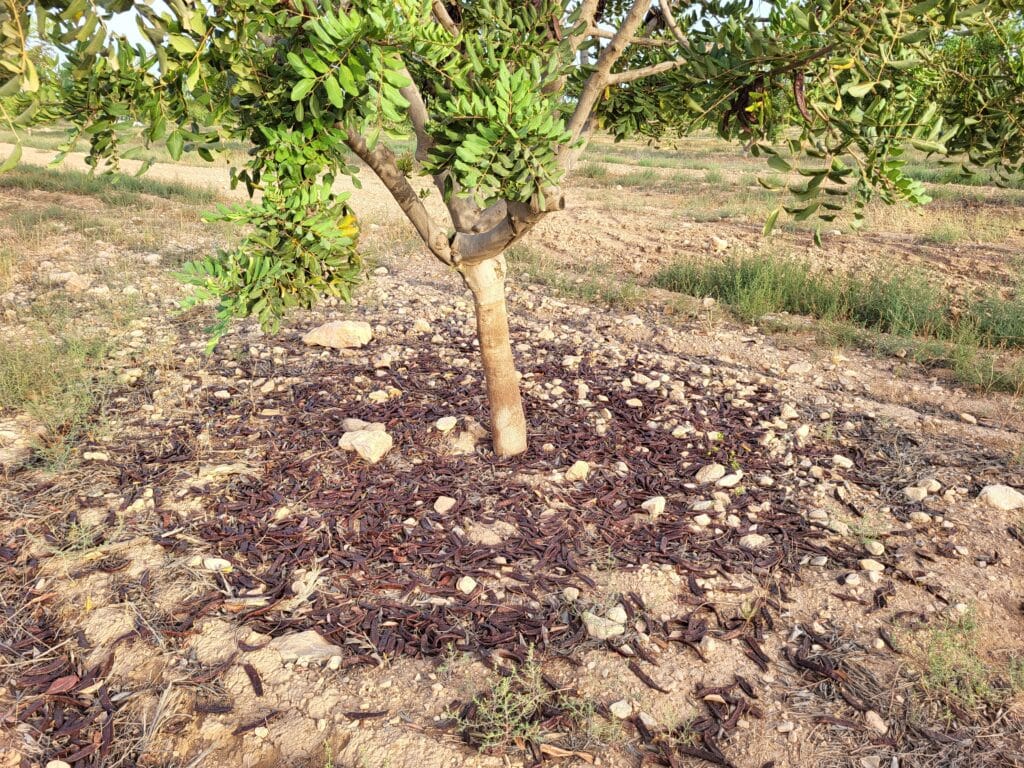
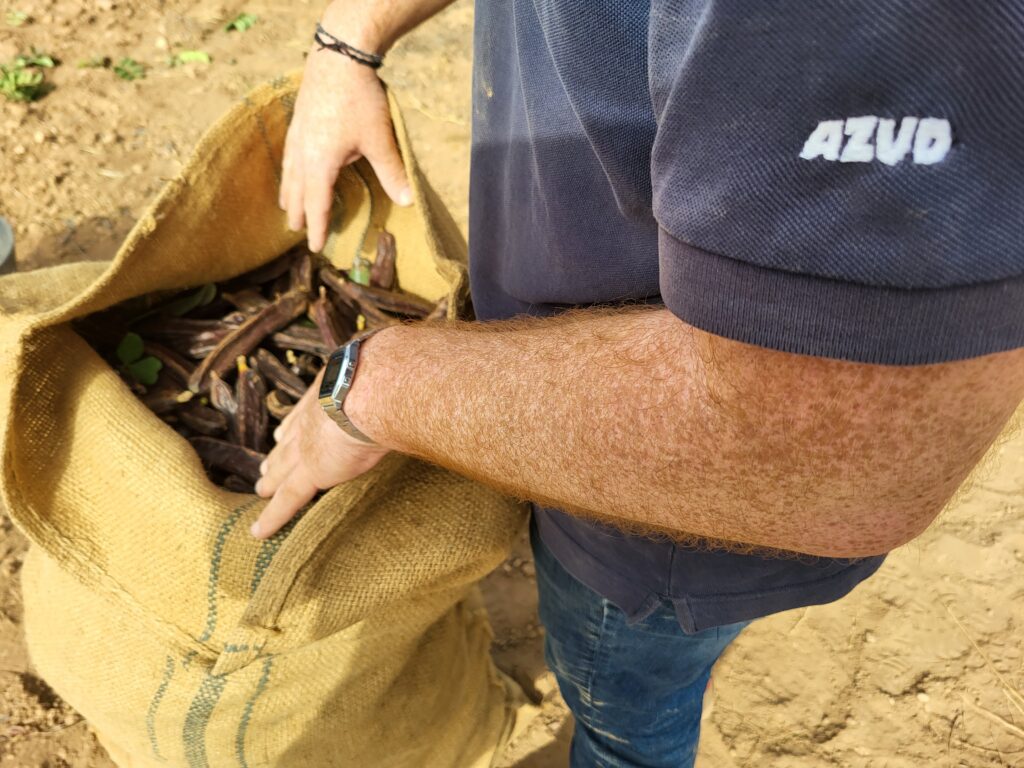
Impact of Sub-surface Drip Irrigation
As a consequence of this transformation from rainfed carob crop to irrigated cultivation using Sub-surface Drip Irrigation, the results obtained were:
- Optimization of water use: the SDI allows a highly efficient application of water without evaporation losses.
- Greater water stability: SDI allowed for better hydrated trees with less water stress.
- Reduced weeds: SDI prevented the growth of unwanted weeds.
- Better adaptation to salinity: SDI increased the resilience of the carob tree to irrigation water with high electrical conductivity.
- Positive environmental impact: SDI allowed the application of irrigation with limited and reduced water consumption, optimizing the crop’s water footprint.
- Increased profitability: SDI ensured more stable and higher quality production, resulting in lower financial risk.
The use of soil, plant and climate sensors ensured more efficient management of resources through continuous and accurate monitoring of the system’s climatic and environmental conditions. This information allows for real-time decision making, which directly impacts the optimization of the volumes of water applied, ensuring that the crop receives the appropriate resources based on its real needs.
In short, SDI has proven to be an effective and sustainable solution to increase the productivity of the carob crop in a context of climate change and limited water resources.
Therefore, the adoption of efficient irrigation technologies is key for the future of the agricultural sector.
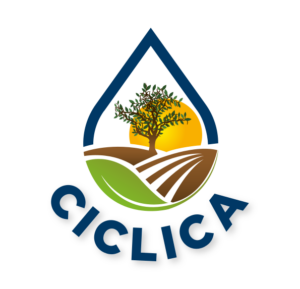
The CICLICA project is part of the PRIMA program, funded by the European Union and the Center for the Development of Industrial Technology (CDTI).


